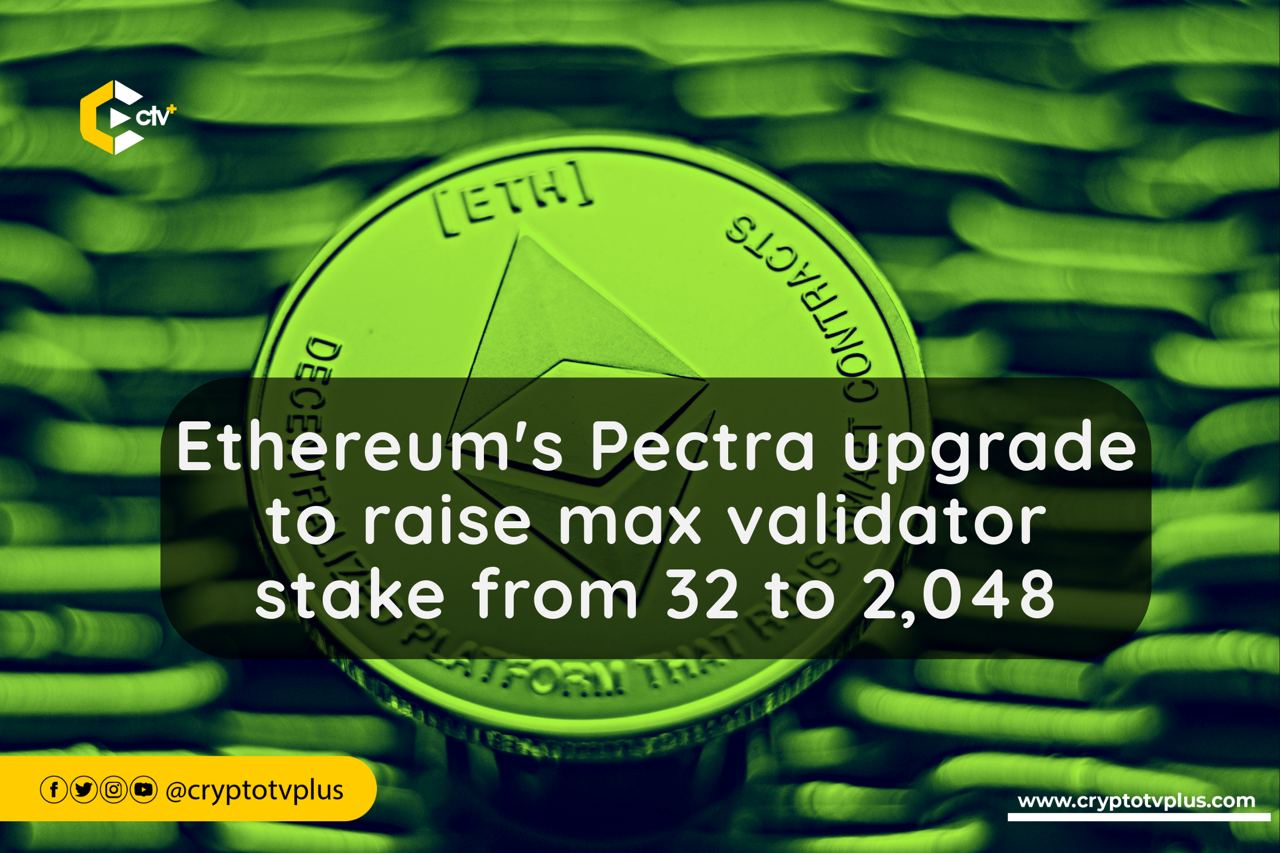News
ETH’s Pectra upgrade to raise max validator stake from 32 to 2048

The Ethereum development team is preparing for Pectra – a major upgrade, scheduled to be released by the end of 2024 which contains the pivotal proposition to elevate the maximum stake allowed for validators from 32 to 2,048 ETH.
During the core developer meeting on Thursday, the team made a significant advancement for the platform by deciding to incorporate this change. This update now enables individual validators to manage balances from 32 to 2,048 ETH, an expansion from the prior cap of 32 ETH.
This proposed enhancement is detailed in Ethereum Improvement Proposal (EIP) 7251 and is designed to improve the overall efficiency and functionality of Ethereum’s staking ecosystem.
This upgrade signifies a significant evolution in Ethereum’s staking mechanism, as it expands the range of stake amounts that validators can hold.
Currently, validators are restricted to a maximum stake of 32 ETH, but with the implementation of Pectra, this limit will be substantially increased to 2,048 ETH.
This adjustment aims to provide greater flexibility and opportunities for validators, allowing them to hold larger stakes within the network.
In case you missed it, the Decun upgrade went live on the ethereum mainnet, and shortly after, US SEC probe of Ethereum raises concern about ETF approval
The Ethereum Improvement Proposal (EIP) 7251 aims to increase the maximum effective balance for large node operators and entities within the Ethereum network.
By allowing these entities to consolidate their ETH holdings into fewer validators, this upgrade seeks to streamline the validation process and reduce the number of validators required to secure the network effectively.
This consolidation of ETH holdings can lead to improved efficiency and cost-effectiveness for large node operators to enhance the overall performance and security of the Ethereum blockchain.
Furthermore, the upgrade aligns with Ethereum’s long-term vision of creating a scalable and sustainable staking ecosystem.
By accommodating larger stake sizes, Ethereum can attract a diverse range of validators, including both individual stakeholders and institutional players.
This diversification of validators can also contribute to a more decentralized and inclusive network.

















Pingback: Новости ETH Ethereum - Эфириум на сегодня 24 марта 2024